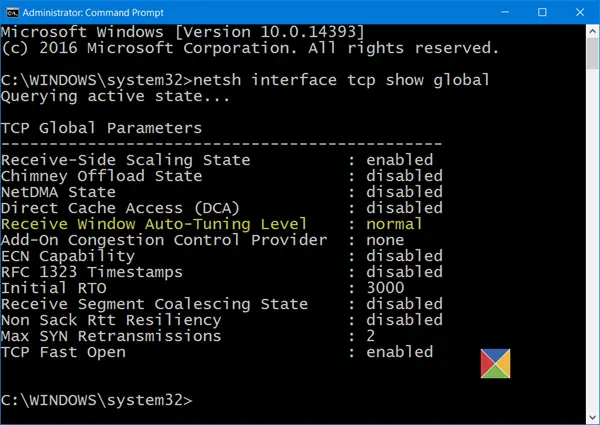How To Adjust Windows Auto Tuning
“Hands-off” constant altitude cruising occurs in FBWB, CRUISE, and the automatic throttle controlled modes like AUTO, GUIDED, CIRCLE, LOITER, RTL, etc.
Jul 03, 2017 A lot of modern computers have fan controls built right in—you just need to dig into the BIOS. To access the BIOS, you’ll need to reboot your computer, and then press a certain key as it boots—usually Delete or F12. Your boot screen will let you know which, with a line like “Press DEL to enter setup”. Learn how to auto-tune to HD channels with X1. Learn how to auto-tune to HD channels with X1. Auto-Tune to HD Channels on Your X1 TV Box. THE INFORMATION IN THIS ARTICLE APPLIES TO: All Windows products; DISCUSSION. Tuning Windows for TCP/IP performance isn't specific to any one Globalscape product. Rather, it depends on which version of Windows you are using. Therefore, rather than listing the various options here, please refer to the Google search results listed here, which provides relevant links.
In FBWB and CRUISE modes, without an airspeed sensor, the autopilot will set the target throttle at TRIM_THROTTLE with the throttle at mid-stick, and adjust pitch to hold altitude. Speed will be whatever results from this. Raising the throttle stick will increase throttle and therefore, speed.

Using an airspeed sensor, the autopilot will use throttle position to set the target airspeed as a linear interpolation between ARSPD_FBW_MAX and ARSPD_FBW_MIN. And pitch will be adjusted for constant altitude flight.

In the automatic throttle controlled modes, TRIM_ARSPD_CM is used for the target airspeed if an airspeed sensor is being used, while TRIM_THROTTLE will be set for the throttle value if no sensor is used. The THROTTLE_NUDGE option allows the pilot to tweak this value while in flight with the throttle, if desired in these modes.
Note
While TRIM_THROTTLE is not used when using an airspeed sensor directly, it is important to set it at a working value, since it will be used in case of an airspeed sensor failure.
T pain not auto tuned. During ACC Calibration, a “level” attitude position is set. Usually this is set to 2-6 degrees positive by blocking up the plane appropriately, such that the plane will have its wings at that small angle (“angle of attack” or AOA) to produce lift at the cruising speed to hold altitude.
This may not be what actually results in the above modes when cruising since the autopilot’s priority to obtain the correct combination of pitch and throttle and/or speed to maintain level altitude flight.
While the autopilot will operate correctly with minor offsets to the calibrated “level” attitude, optimum performance will occur if this adjusted to match that pitch attitude. This can be done by examining the average ATT.pitch value during level altitude cruise from dataflash logs, or visually if using an OSD or GCS, to adjust the horizon line level using slight adjustments to the AHRS_TRIM_Y parameter value. This also will allow STABILIZE and FBWA modes to hold altitude at the same throttle level as used in the other modes.
Vocal vst instrument plugins free download. Note
It is important that the STAB_PITCH_DOWN parameter be set correctly. This parameter will add “nose-down” trim when the throttle is lowered in pilot throttle controlled, stablized modes, such as FBWA, to prevent the autopilot from holding the nose up as the plane slows down and potentially stalling. This can be tested at altitude in FBWA mode by moving the throttle to idle and checking that there is sufficient airspeed in a turn to avoid stalling (be prepared to do a stall recovery which might occur). Increase the value of STAB_PITCH_DOWN , if necessary.
When using an airspeed sensor, cruise speed can be directly controlled with the throttle stick position. Mid throttle will set the speed as halfway between ARSPD_FBW_MAX (high stick) and ARSPD_FBW_MIN (low stick).
How To Adjust Windows Auto Tuning Tool
Without an airspeed sensor, the TRIM_THROTTLE parameter would need to be changed appropriately for the desired mid-stick cruise speed.